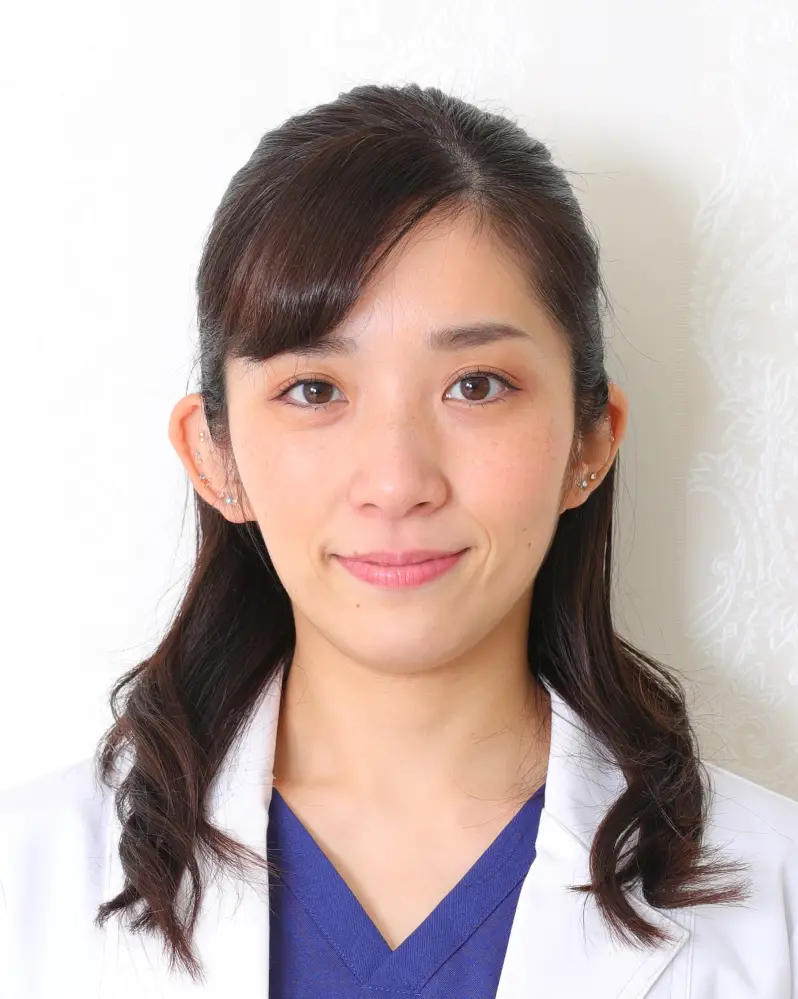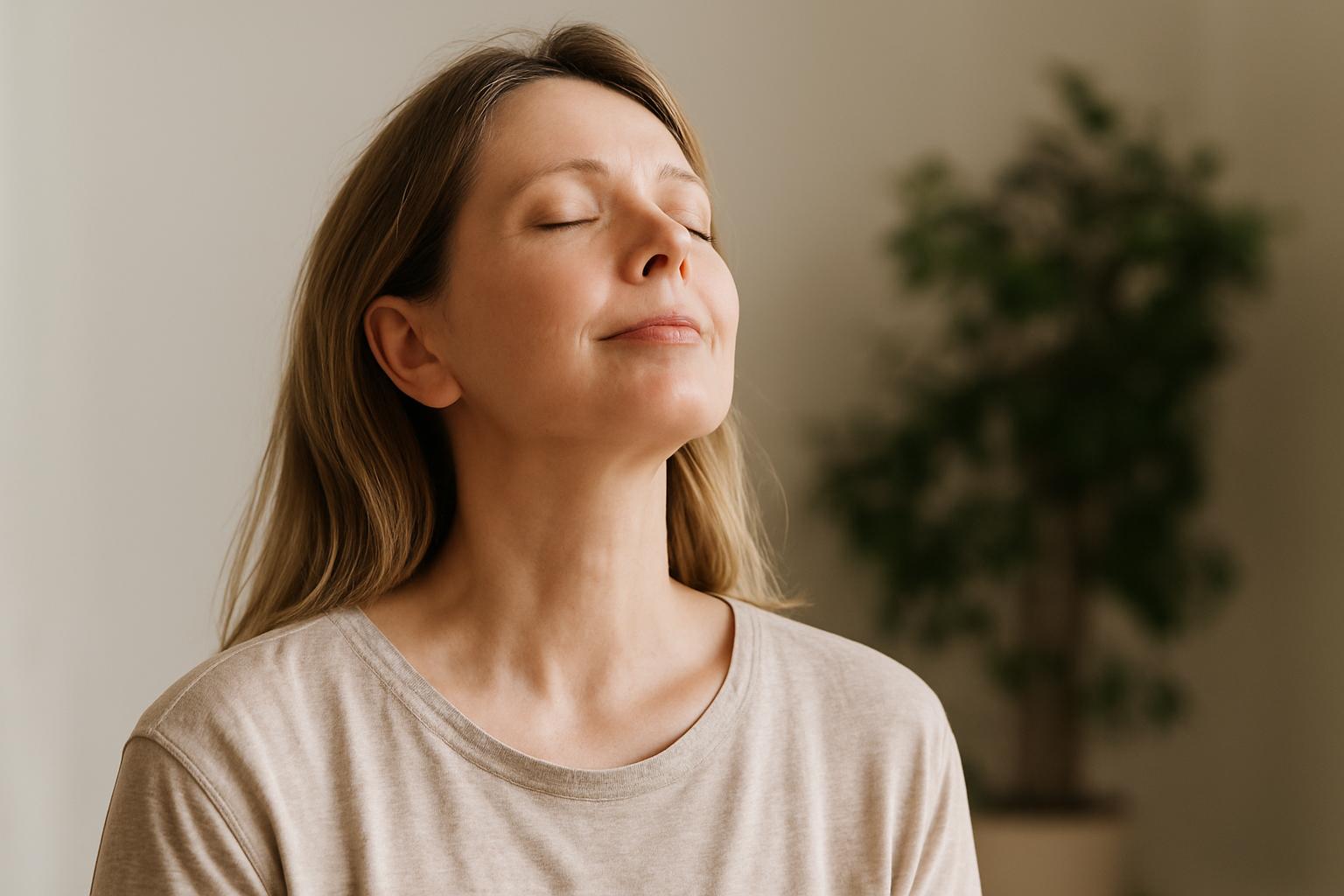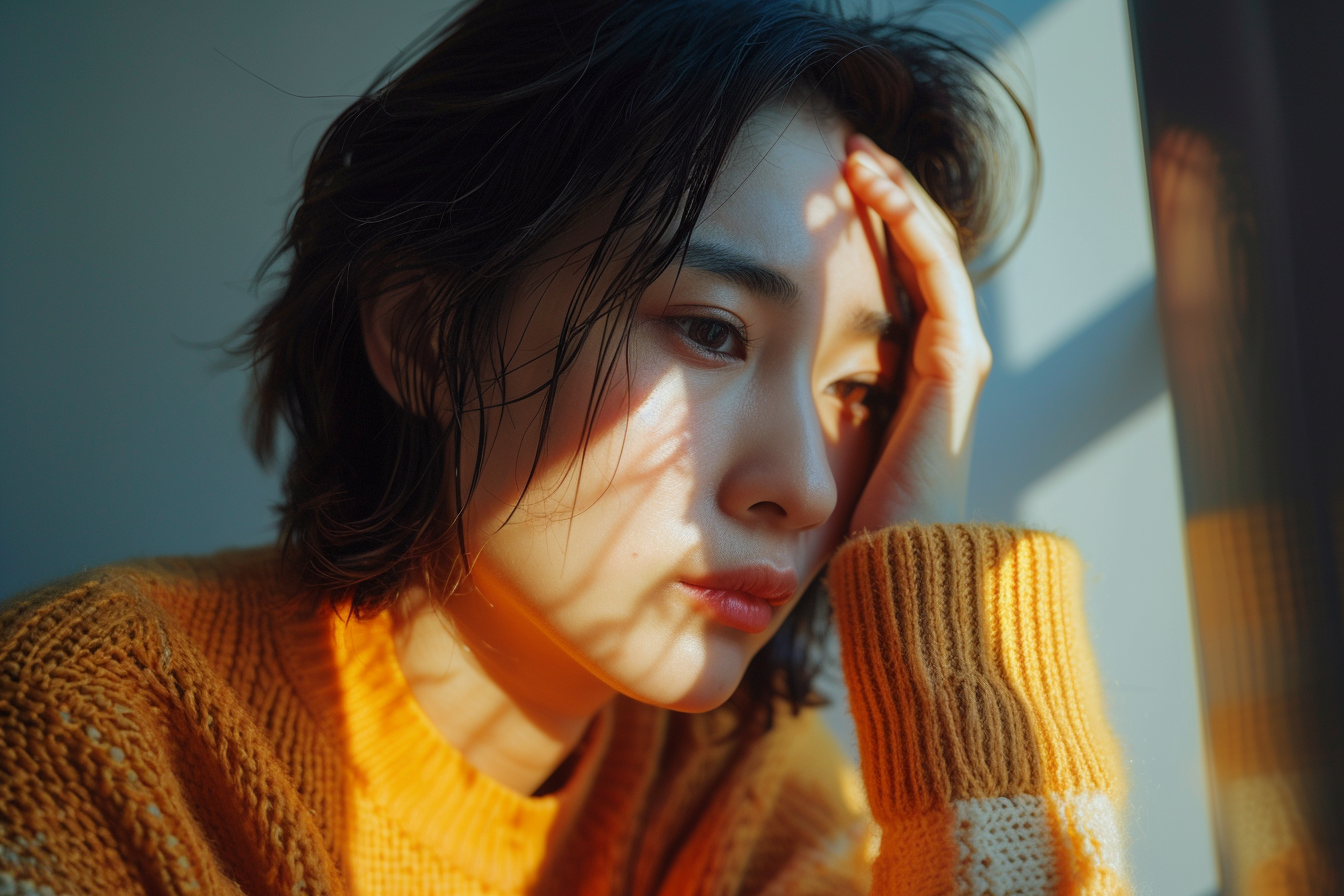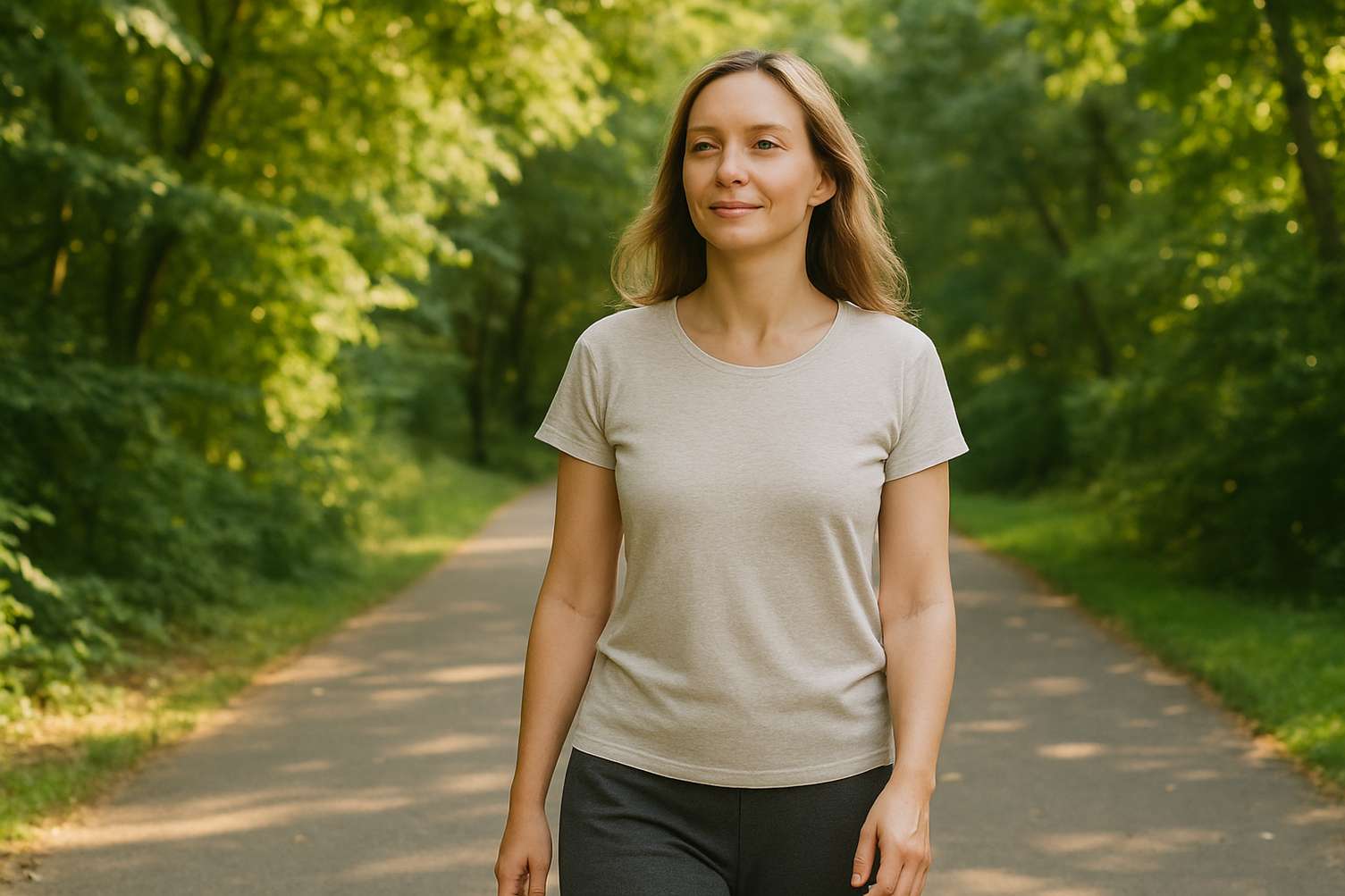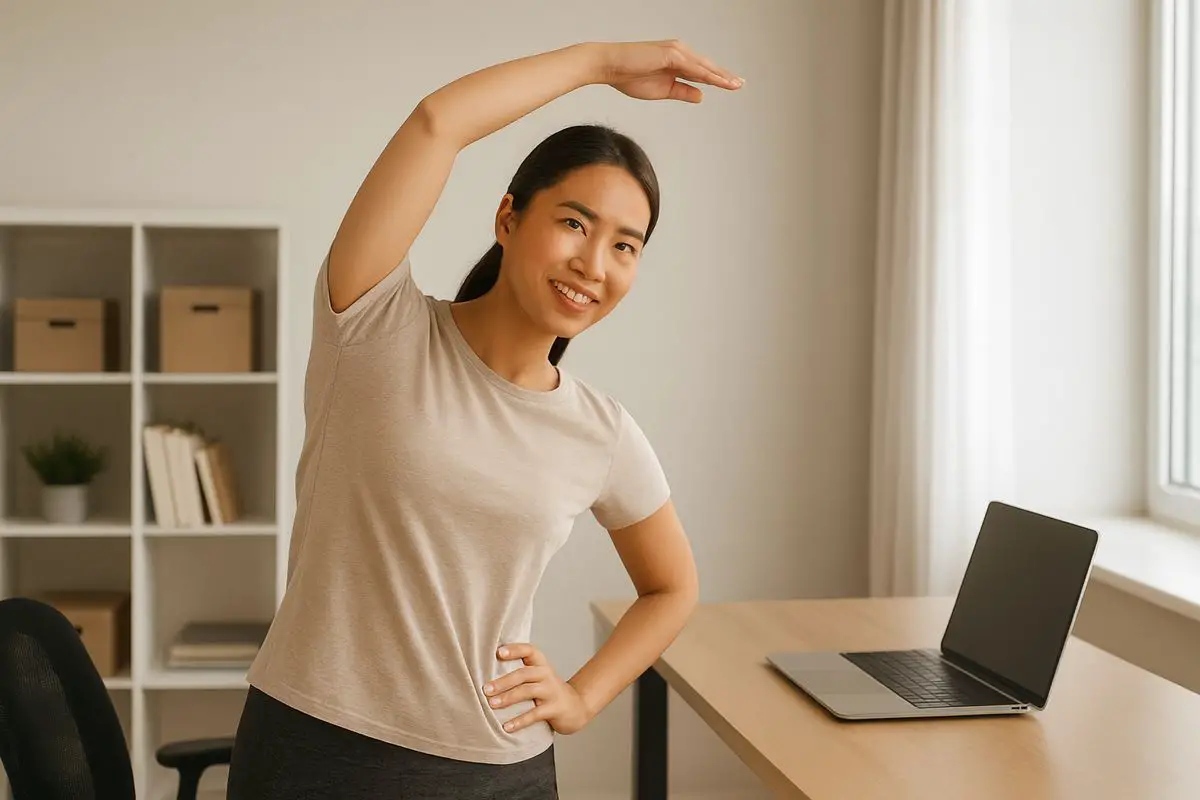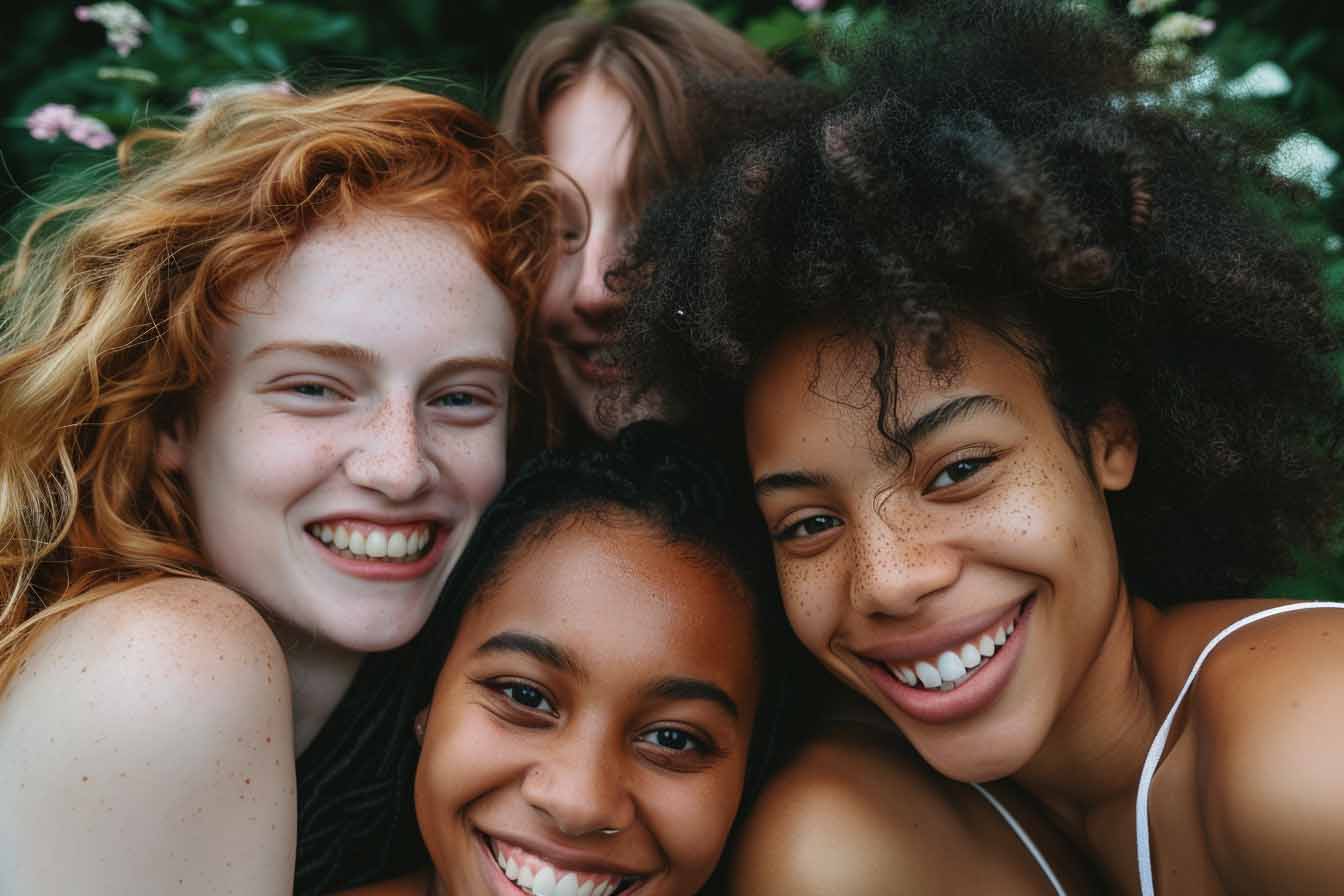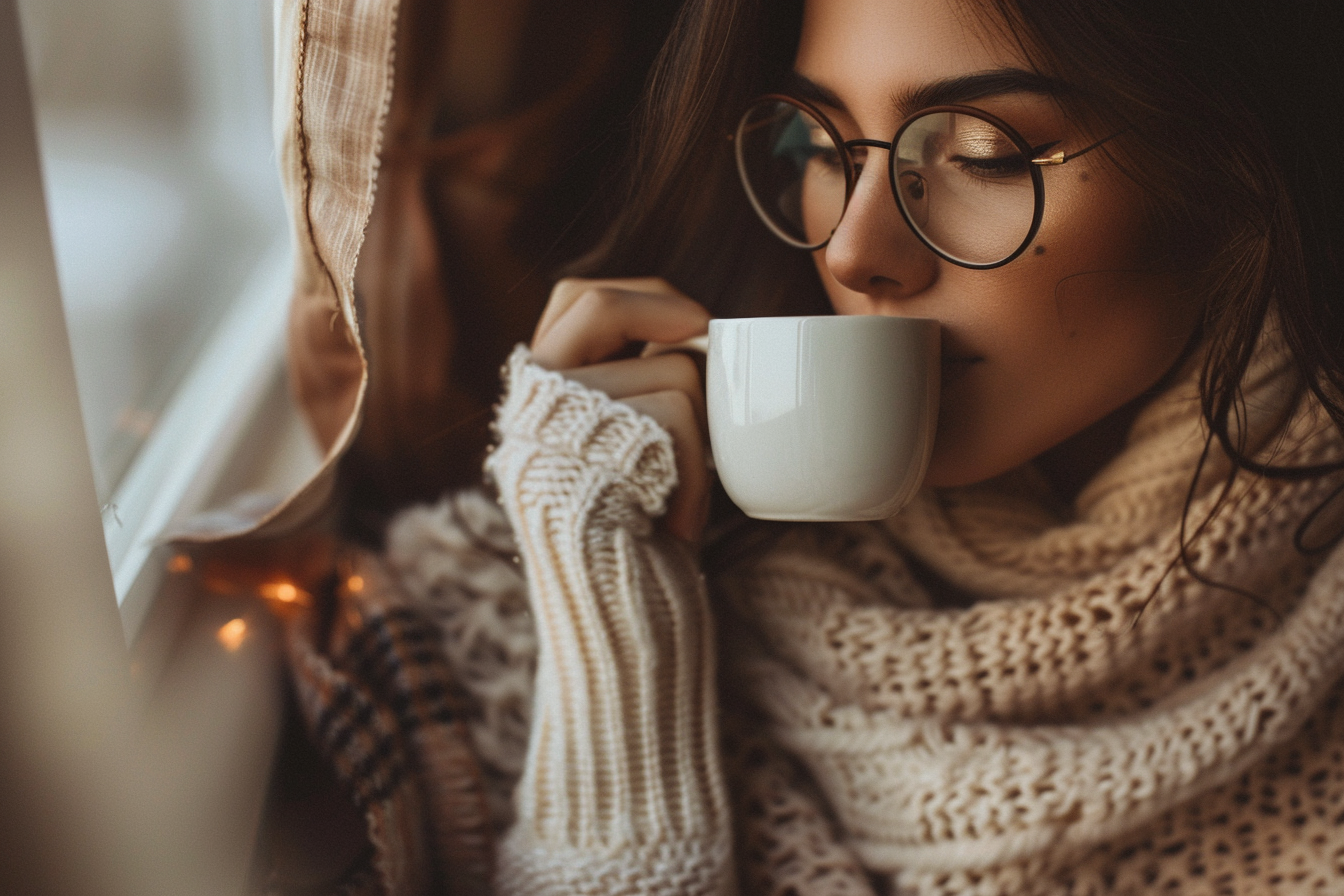Facial puffiness can be an unexpected midday distraction, but with simple techniques like gua sha, you can reduce swelling and boost your skin’s radiance during a short lunch break. Gua sha is an ancient Chinese practice that uses a smooth tool to gently massage and improve circulation in the skin. We consulted with Ms. Mai Sogawa, a TCM therapist from Japan, to gain insight into the best ways to reduce facial puffiness quickly using gua sha. This technique is both practical and easy to incorporate into your busy schedule. For a more detailed overview of gua sha’s benefits, check out our comprehensive guide on gua sha.
How Gua Sha Can Help with Facial Puffiness
Facial puffiness is often caused by fluid retention, poor circulation, or muscle tension, all of which can be addressed with gua sha. By gently scraping the skin with a gua sha tool, you can help to:
- Stimulate lymphatic drainage
- Improve blood circulation
- Release muscle tension
- Promote a more toned appearance
These benefits can be especially effective when using gua sha on areas of the face prone to puffiness, such as around the eyes, cheeks, and jawline.
Steps to Use Gua Sha for Facial Puffiness
Ms. Mai Sogawa recommends a simple routine that you can do even during a lunch break. Here’s how you can perform gua sha to reduce facial puffiness:
1. Start With Ear Massage
Before jumping into gua sha, it’s a good idea to prep the skin and promote blood flow with an ear massage. According to Ms. Sogawa, massaging the ear can help improve circulation in the face, making it an effective technique to complement gua sha. She suggests:
- Loosening the area above the earlobe, which has a mountain-like shape.
- Making a peace sign with your index and middle fingers and gently rocking your ear between the two fingers.
- Following this with a massage behind the ears, down the neck, and toward the collarbone to further stimulate circulation.
Ear massage can help enhance the overall results by warming up the skin and promoting relaxation before you start your gua sha strokes.
2. Use Proper Technique
Once your face is prepped, you can begin the gua sha routine. Ms. Sogawa advises focusing on a few key areas that tend to hold tension and fluid. Use a gua sha tool and perform the following strokes:
- Sides of the Nose: Starting from the sides of the nose, stroke along the cheekbones toward the temples. This helps to drain excess fluid that may be causing puffiness in the cheeks and under the eyes.
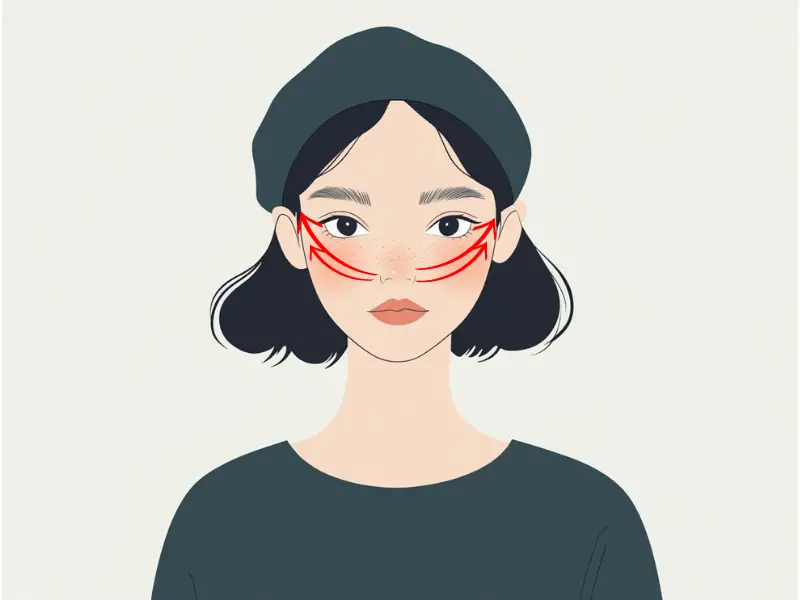
- Jawline: From the center of the chin, glide the gua sha tool along the jawbone, moving toward the base of the ears. This technique not only reduces puffiness but also helps sculpt the jawline.
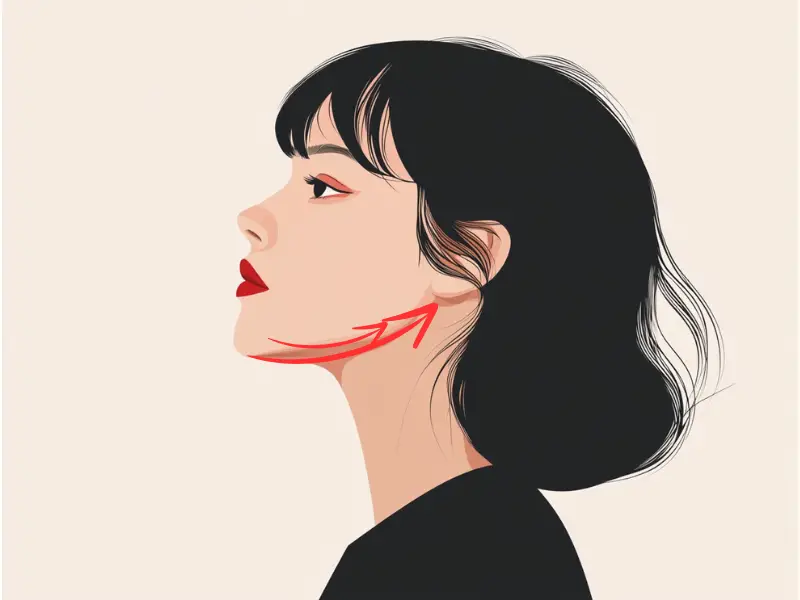
Perform each stroke 4 to 5 times, using gentle pressure. Ms. Sogawa emphasizes the importance of using light strokes, especially if you don’t have a face oil or cream available. While using a moisturizing product is ideal to reduce friction, simply applying less pressure can still yield great results.
Key Acupressure Points to Boost Results
In addition to gua sha, Ms. Sogawa recommends targeting specific facial acupressure points to enhance the de-puffing process. These points, when stimulated, can help release tension and improve circulation. Here are the acupressure points to focus on:
- Zanzhu (BL-2): Located at the inner edge of the eyebrows. Pressing this point can help relieve eye puffiness and sinus pressure.
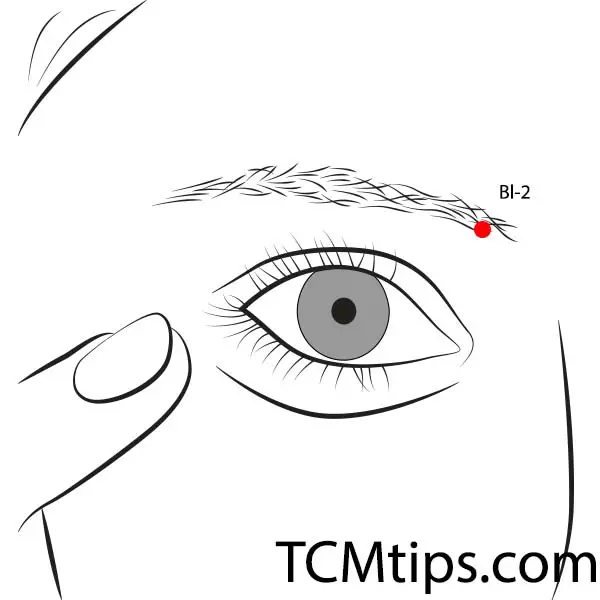
- Sibai (ST-2): Found below the eyes on the cheekbone, this point is excellent for reducing puffiness and promoting circulation.
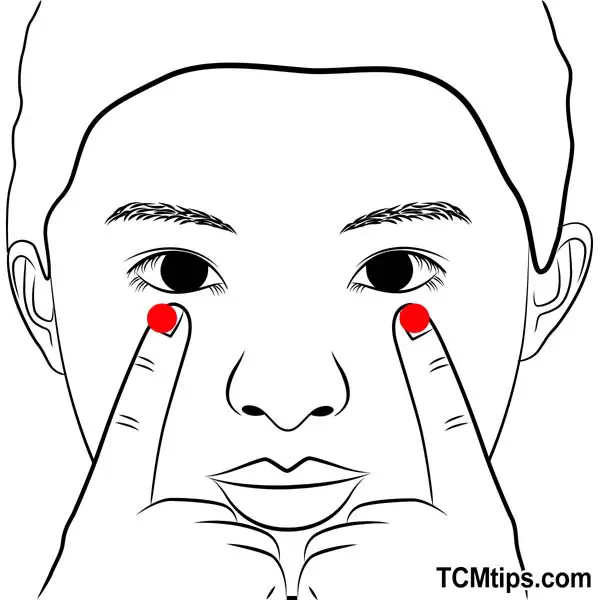
- Xiaguan (ST-7): This point is just in front of the ear, helpful for reducing facial swelling and jaw tension.
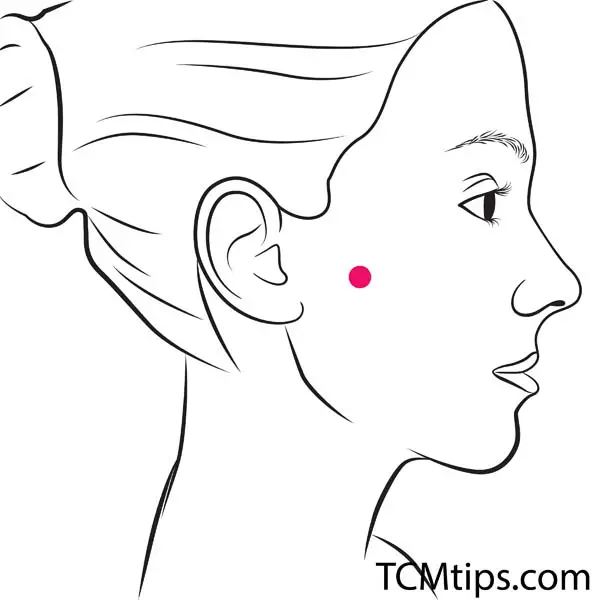
- Yingxiang (LI-20): Located on either side of the nostrils, this point aids in relieving nasal congestion and puffiness in the mid-face.
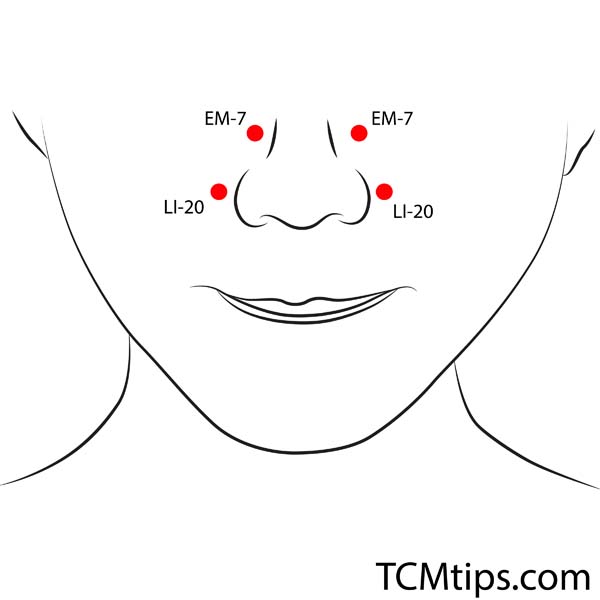
- Chengjiang (Ren-24): Found in the center of the chin, this point is beneficial for relaxing the lower face.
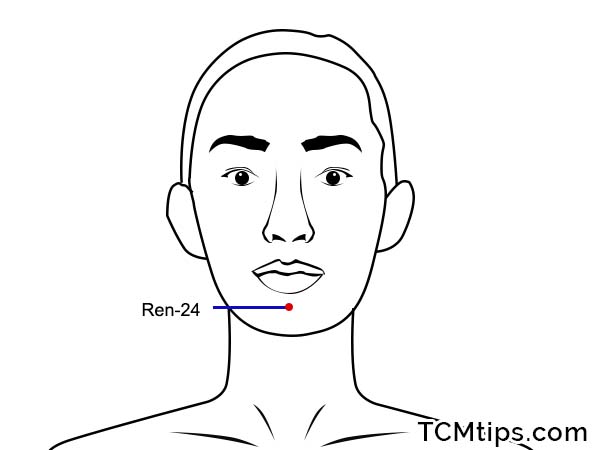
- Dicang (ST-4): Located at the corner of the mouth, pressing this point can help reduce swelling in the lower face and improve skin tone.
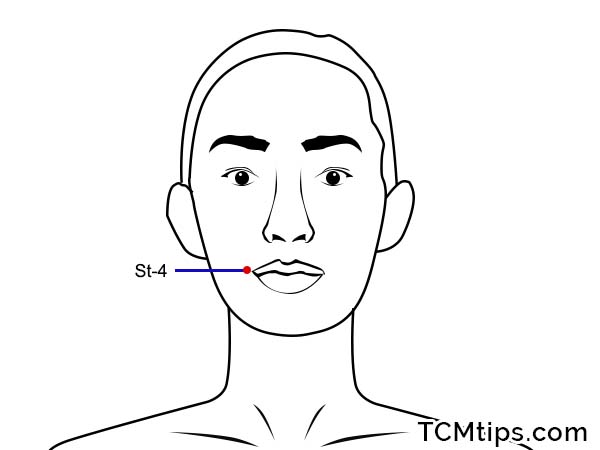
You can stimulate these points by applying gentle pressure for a few seconds using your fingertips or a gua sha tool. Incorporating acupressure along with your gua sha routine will leave your face feeling refreshed and rejuvenated.
Why Gua Sha is Ideal for a Quick Break
One of the best things about using gua sha to reduce facial puffiness is that it doesn’t take much time. With the right technique, you can target puffiness and improve your skin’s appearance in as little as 10 minutes. Plus, it’s a non-invasive and natural method, making it perfect for a quick self-care session during a lunch break or whenever you feel a bit swollen and fatigued.
Additional Tips for Better Results
To maximize the effectiveness of your gua sha routine, keep these tips in mind:
- Stay Hydrated: Drinking water throughout the day helps to prevent fluid retention and puffiness.
- Reduce Salt Intake: High salt consumption can lead to bloating and facial swelling. Opt for a low-sodium lunch to complement your gua sha session.
- Cool Your Tool: For an added boost, you can chill your gua sha tool in the fridge before use to help tighten the skin and reduce swelling.
Conclusion
Using gua sha for facial puffiness is a quick, natural way to refresh your appearance during a busy workday. By combining ear massage, acupressure, and the proper gua sha technique, you can stimulate circulation and reduce swelling without needing much time. Following Ms. Mai Sogawa’s advice will help you get the most out of your gua sha routine, ensuring a bright, energized look even on the busiest days.

Try our Anti-Aging Gua Sha Tool designed to bring out your skin’s natural glow.
Best Gua Sha Product- Anti-Aging: The tool is designed to target 11 specific aging signs such as wrinkles and sagging skin. By following the 7-step routine, users can improve skin firmness and reduce fine lines naturally.
- Enhances Skincare Routine: It works effectively with serums and lotions, boosting absorption and efficacy of skincare products.
- Visible Skin Improvement: Users can expect a smoother complexion, reduced puffiness, and a more youthful appearance.
 P. Sze
P. Sze 
